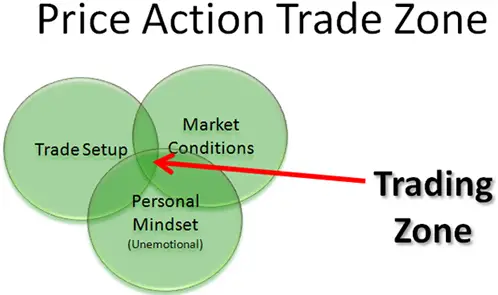In this video we’ll be talking about ruthless reductionism!
We need to ruthlessly reduce any complexity that shows up in an investing process. Complexity always creeps into market analysis because there is so much free information available these days. We can’t help but be inundated by chart lines, indicators, real time news feeds, twitter feeds, talking heads, newsletters, etc. Information flow itself is not much of a edge anymore, but organizing information flow is. We want to ruthlessly reduce this flow into actionable ideas instead of creating elaborate theories on why an asset should move up or down. Leave the fancy theories for the cocktail parties when you are away from the quotes and your money is not at stake.
A profitable process is something that is actionable, understandable, and easily measurable. If you do not know exactly how a particular area of your process contributes to the bottom line, toss it out. It may sound fancy or make you look smart, but that is not the goal here. As a practitioner, the goal is singular, and that is to produce outstanding risk-adjusted returns. Reduce, reduce, reduce!
Reduction does more than just filter signal from noise, it is also tremendously helpful when it comes to evaluating trading results.
A process filled with too many variables, contingencies, and undefined areas results in an inability to accurately measure results. This leads to trading and investing disaster. Why didn’t the trade work out? If the reasons you entered the trade are convoluted or inconsistent with a total process, well then good luck finding out what actually went wrong. Was it an incorrect interpretation of the charts? Bad trade management? Psychological issues? Correlation issues? Wrong macro thesis? Maybe it was actually a sound trade but you just got unlucky. There is no way of knowing. With too many moving parts it is very hard to identify the “bad apple.”
In order to improve and maintain an investment edge we must cultivate the ability to evaluate what is working and what is not. Times change, markets move, and this forces the prudent money manager to constantly reevaluate his investment process. The best portfolio managers relentlessly update and upgrade their process, but you need to have a solid handle on what your process entails before attempting to do either. The more you reduce complexity the easier this becomes.
